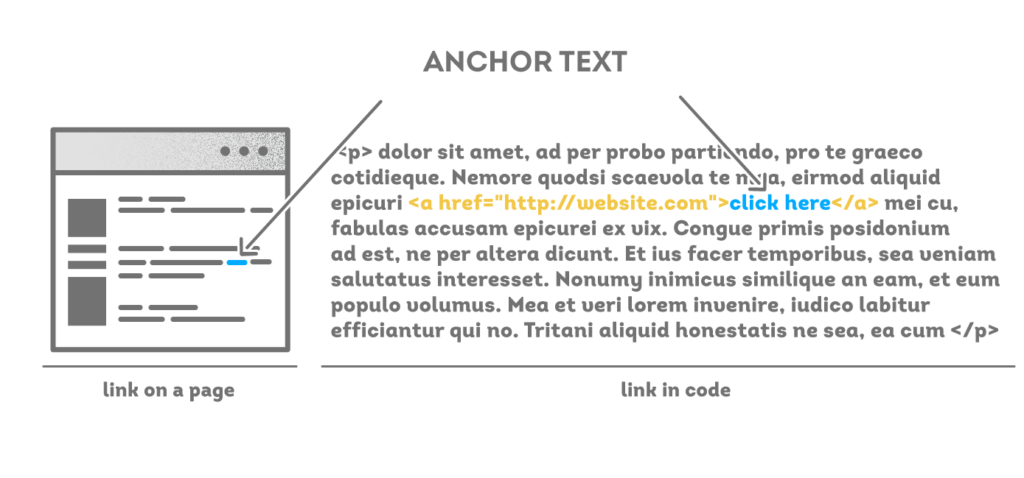Anchor text and Penguin updates
Penguin 2.0 is now widely discussed in the SEO community. At this point there’s not enough data to state that any particular SEO technique is on radar more than the rest. Yet, the current update’s predecessor, Penguin 1.0, has become notorious for its focus on anchor text diversity.
Last year Google devalued backlinks of the websites which excessively used promotional keywords as anchors and placed links on spammy websites. This is how the diversification, mixing of anchor text and backlinks quality became vital.
We believe they are still vital, so we carried out a research to see which be.
anchor texts by the following types:
- Brand name/Brand-keyword hybrid
- Exact match
- Partial and broad match
- Non-descriptive
- URLs
- Anchors in foreign languages
- Empty alt texts in linking images
- Other (completely different from the targeted keyword)
Branded Anchor Text: 70%: Google wants you to create a brand. Not a fly-by-night operation. One of the easiest ways for them to differentiate between a “brand” and a spam website is to look at the amount of branded anchors hitting the site.

Naked Links: 20%: As I mentioned above, naked links are a very safe and a very natural anchor text. A bulk of your backlinks should be using naked links.
Generic Anchors: 5%: Generic anchors keep your link profile looking “natural” and are a necessity. Try not to use “click here” for every single one. You can pretty much use any word in the English language that isn’t related to your keyword, and it will be considered generic.
LSI, Partial Match Anchors: 1-5%: Okay, so after branded, naked, and generic anchors, you are left with around 5% leeway for keyword-rich anchors. The majority of the last 5% anchors should be variations of your main keyword.
Exact Match Anchors: Less Than 1%:I use exact match anchor text as a LAST resort, not a first option.
